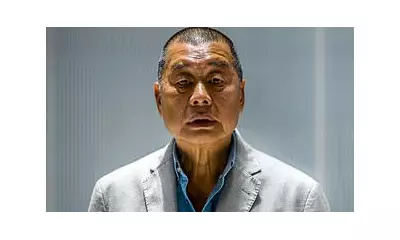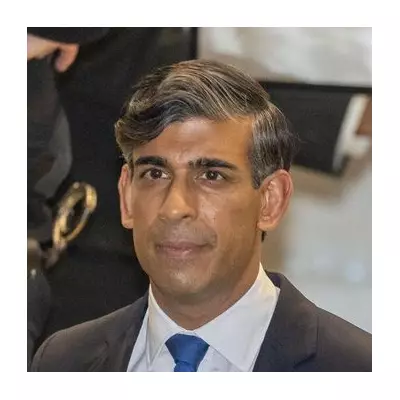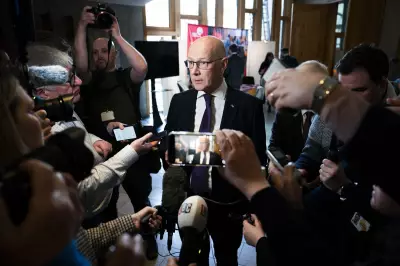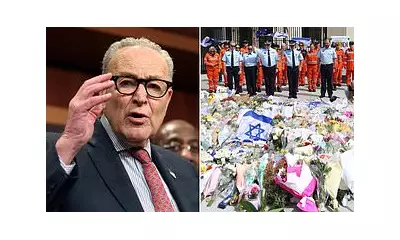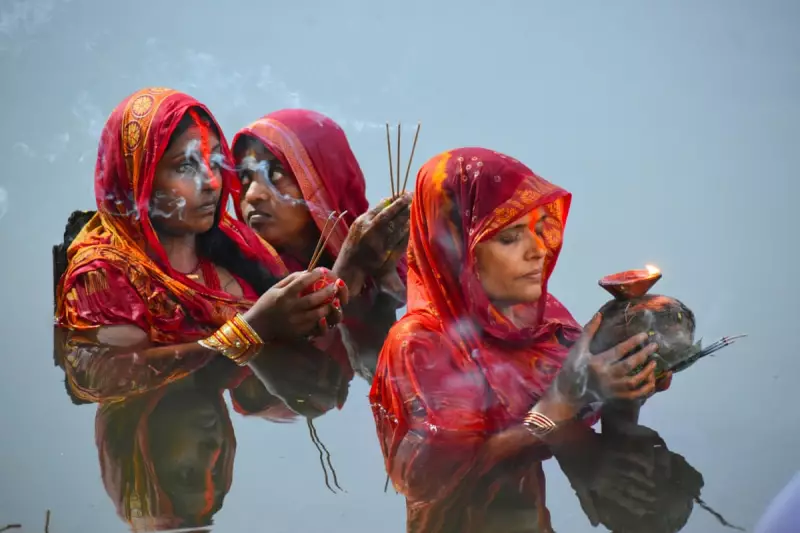
In a spectacle that blended diplomacy with unexpected choreography, former US President Donald Trump has become the centre of international attention during his current visit to China. The controversial politician, known for his unconventional approach to statesmanship, was captured on camera performing what observers have dubbed "dad dancing" at one of the world's most iconic landmarks.
The Great Wall Performance
Against the breathtaking backdrop of the Great Wall of China, Trump engaged in spontaneous dance movements that immediately set social media alight. The visual contrast between the ancient stone fortifications and the modern political figure's unscripted performance created a striking image that's likely to dominate news cycles for days to come.
Westminster Watches Closely
Back in the UK, political analysts in Westminster are closely monitoring the implications of Trump's Chinese diplomacy. As the former president positions himself for potential future political endeavours, this high-profile international appearance raises significant questions about:
- The future of US-China relations under potential Trump leadership
- How international diplomacy is evolving in the post-pandemic era
- The blending of political messaging and personal brand management
- Britain's strategic position between two global superpowers
Beyond the Dance Moves
While the dancing has captured public imagination, seasoned political observers note that the substance of Trump's discussions with Chinese officials carries far greater significance. The meetings occur against a backdrop of ongoing trade tensions and geopolitical positioning that could reshape global alliances.
Political analysts suggest that such public displays, while seemingly informal, are often carefully calculated elements of modern diplomacy designed to communicate specific messages to both domestic and international audiences.
International Reactions
The imagery from Trump's Great Wall visit has sparked diverse reactions across the political spectrum. Supporters see a leader comfortable on the world stage, while critics question the appropriateness of such informal behaviour during serious diplomatic missions.
What remains clear is that in today's media landscape, the line between statesmanship and spectacle continues to blur, with images like these having the power to shape public perception and potentially influence political fortunes.


